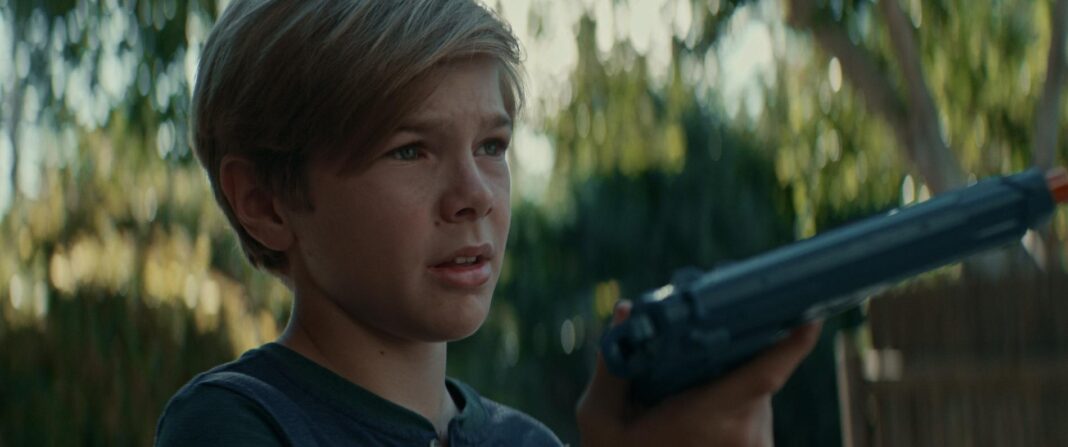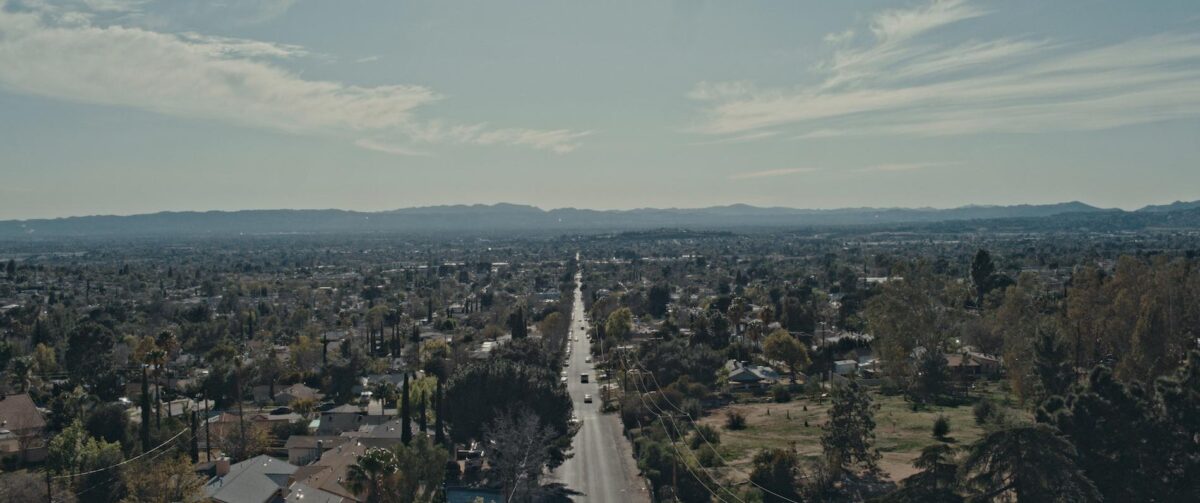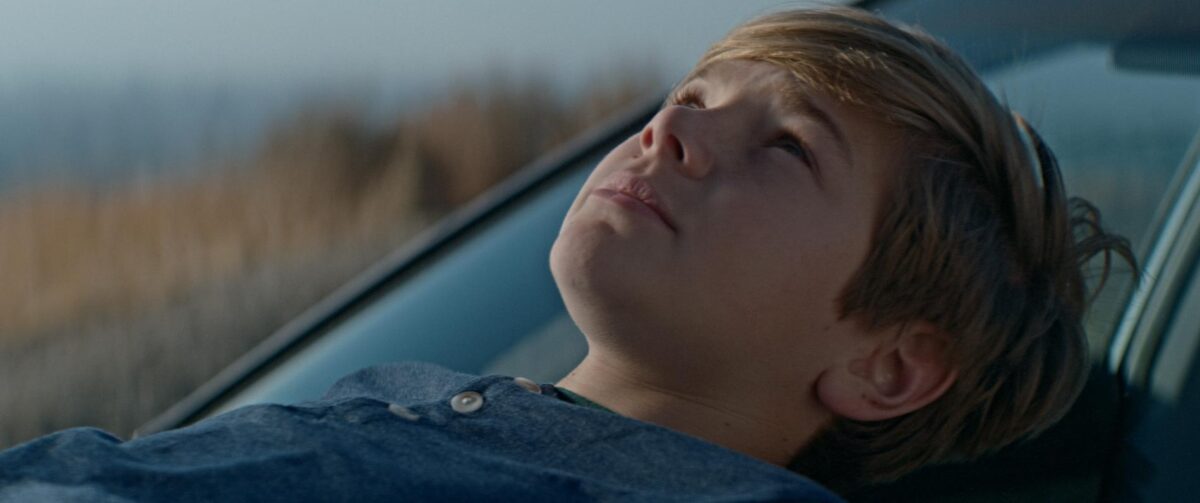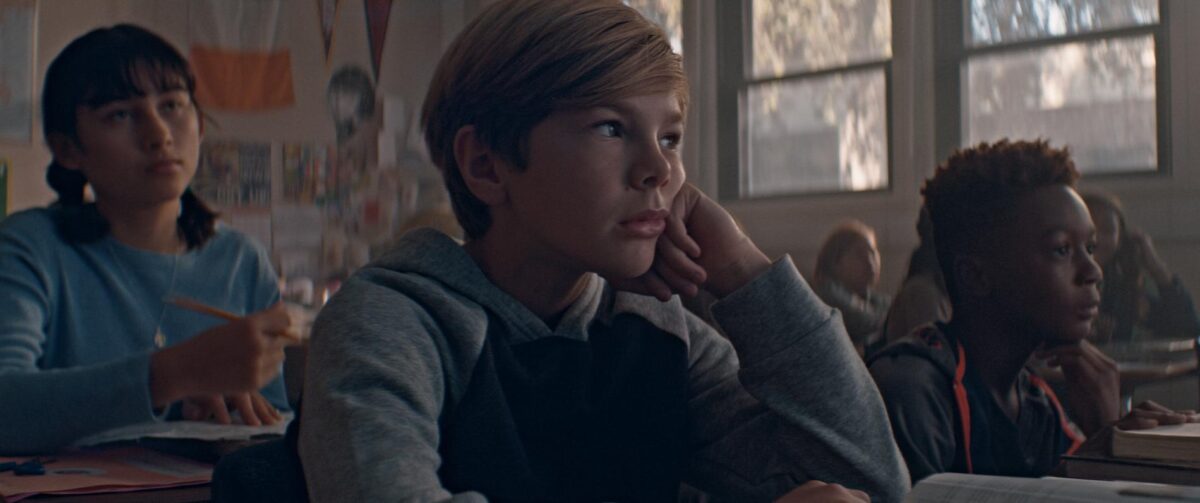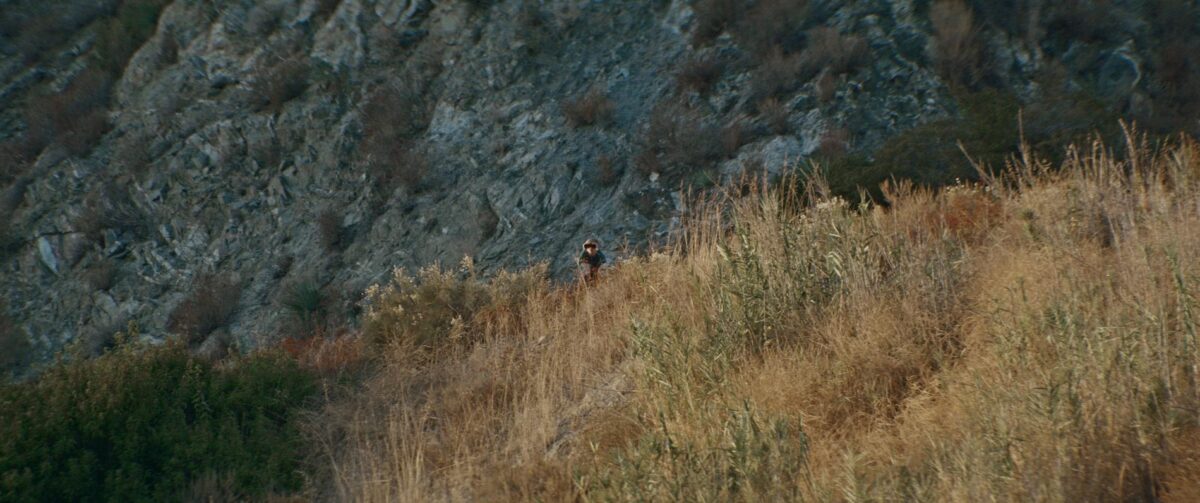Film-maker Travis Andrade focuses on the issue ofAmerican gun culture – and its’ effect on two young brothers – in his new short WESLEY.
Film And TV Now interviewed the film-maker about his work.
FILM AND TV NOW: The interesting thing about the film is you open with a lingering close up of the weapon being rendered which is atypical of what we get in action films like COBRA and DIRTY HARRY. What were your key filmic influences when conceiving the film?
TRAVIS ANDRADE: I’d argue there are certain storytelling challenges that are unique to short film-making. The most obvious being a very limited amount of time.
The objective of the opening sequence is to be as forward as possible about what we’re dealing with in order to sort of set the stage. In this case it’s the brave new world of 3D printed firearms.
FTVN: The glamour and impact of weaponry on Wesley is telling with his own toy replica which he openly plays around with in the car with his brother. What are the key challenges at present in American schools in terms of reminding children of that age of the dangers and consequences of gun culture?
TA: The challenges are significant. Gun culture is very much a part of the American DNA. If one steps back for a moment and attempts to see the big picture it can be a bit overwhelming.
Consider some of the key factors: the massive historical implications, business interests, lobbyists, political actors at work, etc. All of this contributes to an extremely challenging reality. I’m not sure it’s solely up to the schools/teachers per se.
I think education starts in the home, but we are talking about something that is pervasive. Parents of young children today have a lot on their plate.
FTVN: Tell us about your cast.
TA: I couldn’t have asked for a better cast. Jacob Sandler, Jonathan Irwin, Noah Greenly, Kolby Mitchell and Chad Morgan all brought their very best. As a film-maker you tend to spend a lot of time on your own, sort of workshopping ideas, writing, rewriting, etc. When your cast comes in and brings a level of commitment and professionalism to a project with subject matter like this I think everyone benefits. I was lucky to work with them.
FTVN: Tell us about your production team.
TA: Jon Brewer was my producing partner. Jon has an extensive background in production and he brought loads of resources and knowledge to this project that enabled us to achieve things that I think are tough to achieve in the world of short film-making. He went the extra mile and it shows in the film.
Jon and I were driving all over the Los Angeles greater area and scouting locations six months before we filmed. Does that sound insane for a short? I think with a very handmade sort of project it’s all part of the fun.
Ryan Carmody our cinematographer as well as Mike Beliveau, who did both production and post production sound design on the film, really raised the bar and brought a creative intuition and dedication that served the story so well. Our collaboration was highly enjoyable for me and it was over much too quickly!
Valeria Gualdi was executive producer and editor. She’s also my wife! Maybe I should have mentioned that first. Val’s been editing my stuff for years. She brought an invaluable perspective in on this project.
FTVN: Where did you shoot and for how long?
TA: The San Fernando Valley.
FTVN: How did you raise finance for the short?
TA: Working, saving and lots of favors.
FTVN: There are some very wide-open shots of the landscape in the film. Tell us about the visual style and the intention of your collaboration with your cinematographer Ryan Carmody.
TA: I think it was Ryan who suggested we shoot anamorphic lenses. How do you make the world feel big, sort of larger than life, but also capture these intimate moments with a twelve/thirteen year old kid in order to kind of live in his head?
These were some of the things we were thinking about and Ryan helped fine tune that vision. We liked the idea of being minimal in our approach at times and using a deliberate zoom or handheld on important story beats when the scene called for it.
I think a lot of film-makers today are scared to just throw the camera down, lock it off and focus more on blocking and working with the actors. Today we see a lot of handheld, close up sort of stuff which can work some of the time, but loses it’s effectiveness if that’s all you’re ever doing.
Ultimately, I think what’s in the film on a visual level is something both honest and dynamic. Ryan was able to help me put the viewer in Wesley’s shoes.
FTVN: Are there plans to show the short film to schools and colleges as a moral teaching tool and what has been the impact of the film on children and teenagers so far?
TA: I set out to tell an honest story about what some kids in America are experiencing today. The film is observational at heart. It’s art imitating life.
If someone felt there was an intrinsic moral value to it and it would serve children who are learning to navigate this issue then I would certainly entertain the idea. I’m happy to say that young people who have seen the film seem to find truth in it.
FTVN: Given some of the recent gun-related tragedies in America, where do you feel the politicians and local councils have made progress in terms of change in the USA?
TA: I’m just a humble film-maker and I don’t have answers. However, I am inclined to make observations and raise questions. The biggest misconception about this issue in my mind is that there exists some sort of a top-down solution. Are there some common sense laws that could be put in place? Yes. Will that totally solve gun violence in America? No.
We Americans need to take a long look in the mirror and confront our centuries long obsession with guns. Where did this begin? Where is it going? Do I accept this reality as normal everyday life? This will require a more nuanced discussion about our culture, a discussion talking-head media doesn’t really allow us to have.
FTVN: The action genre is often short-sighted in terms of the moral messages it teaches – except for how good must triumph over evil or how you deal with violence in a more basic way – to achieve a more commercial result. What would you say this genre could gain by making more moral story-telling viable within its’ potential for the future?
TA: It’s not an action film!
FTVN: Tell us about the songs used in the film?
TA: Mike Beliveau, our sound designer, helped me create an atmosphere that feels fresh and foreboding in a way, but not overbearing.
Striking that balance is a tough challenge but his work proved to create a believable world. The music choices were used to better accentuate a few of the story beats in critical moments for the character. The final song you hear in the last shot and over the credits was performed by Jonathan Irwin who plays the troubled teen character, Blake.
Tonally, I think it’s a perfect fit.
FTVN: What issues and themes are you keen to explore in your future work?
TA: Hard to say. Nothing is off the table. Is the potential story compelling? Is there truth in it? Is it relatable? Will I learn something making it?
FTVN: How has the current global situation affected your development and evolution as a film-maker?
TA: Things are getting better. We were lucky enough to finish filming right as the pandemic was starting. A lot of productions have found ways to move on, but it has certainly changed a lot.
Artists, film-makers will always find a way to do their work. Theaters are a different story. I live fairly close to the Arclight Cinema in Hollywood. It’s an iconic theater. That place feels like home and they’ve announced ArcLight Cinemas are closing down.
Like a lot of businesses theaters have taken such a hit. I hope we can start getting back to the theaters soon.
FTVN: Finally, what are you most proud of about this short?
TA: Having lived in a few different regions of the country and seeing various aspects of America’s gun culture over the years I set out to tell a story that focused on a small part of it. I wanted to make the film as sobering and as honest as I possibly could. I think I did that.


